19 Travel Trends That Will Shape the Next 10 Years


Travel is changing faster than ever because people’s priorities and new technologies are shifting. Today’s travelers want real experiences, care about the environment, and prefer trips made just for them instead of the usual mass tours.
A recent survey showed that 76% of travelers choose more eco-friendly travel options, marking a big change in how people decide to travel. With climate change, protecting cultures, and focusing on wellness becoming important parts of travel plans, ignoring these shifts could leave places and providers behind.
This article will cover 19 major travel trends that will shape the next ten years. Whether it’s slow travel, wellness trips, or deep cultural experiences, these trends bring new ways to travel with meaning and care.
What type of trip do you enjoy most, a busy schedule or a relaxed pace? Share your thoughts in the comments and read on to find a trend that might inspire your next trip!
Hyper-Personalized Itineraries

The need for customized travel keeps increasing, driven by new technology and data. Travel companies use AI to create trip plans that fit each person’s likes and interests.
Travelers tell what activities, foods, and travel speed they prefer, helping shape these unique options. AI systems connect travelers with the right places and services to make trips smooth and fun.
Personalization is also key in luxury travel, where special customization is expected. Private tours, carefully chosen experiences, and custom services raise travel to a higher level.
Rise of Slow Travel
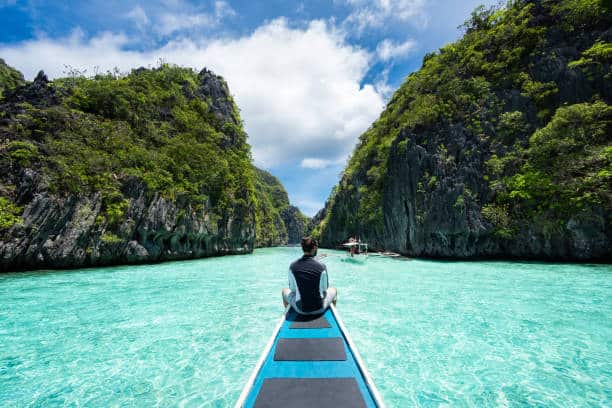
The slow travel movement encourages travelers to savor their journeys rather than rush through them. It emphasizes quality over quantity, prioritizing meaningful experiences and connections. Travelers are spending more time in fewer destinations, exploring them thoroughly and authentically.
Slow travel often incorporates sustainable practices, as it reduces the environmental footprint of frequent, short trips. Staying in one place longer benefits local businesses and allows for deeper cultural immersion.
This trend is gaining popularity as people seek ways to reduce stress and travel more intentionally. It aligns with the growing preference for experiences that feel genuine and impactful. Slow travel challenges the idea of “doing it all,” replacing it with the joy of being present.
Wellness Tourism

Wellness tourism is growing fast as travelers put health and self-care first during their trips. Places now offer spa treatments, meditation stays, and fitness trips to meet this need.
Hotels and resorts are changing by adding wellness spaces, like yoga rooms, gyms, and healthy food choices. Wellness trips feature activities such as hiking, biking, and detox programs that help both body and mind.
This trend shows a bigger change in how people value health and balance. Travelers use vacations to rest and recover, coming back feeling refreshed. Wellness tourism is now an important part of modern travel, not just a luxury.
Sustainable Travel Choices

Sustainability is no longer a niche focus but a primary concern for many travelers. People are choosing eco-friendly transportation, accommodations, and experiences that reduce their environmental impact.
According to a recent study, 67% of travelers turn off air conditioning in accommodations when not in use, prioritizing sustainability. This shows travelers’ ethics, values, and character in eco-friendly behavior.
Hotels are adapting with renewable energy, water conservation, and sustainable food options to cater to this demand. Tour operators are now emphasizing carbon-neutral or carbon-offset travel options to appeal to eco-conscious consumers.
Digital Nomadism

The growth of remote work is encouraging more people to mix work and travel in new ways. Digital nomads no longer stay in regular home offices. Instead, they look for places with fast internet and low living costs.
Co-working spaces and shared living communities are appearing worldwide to serve these tech-smart workers. Cities like Bali, Lisbon, and Tbilisi attract digital nomads who want lively cultures and active social connections.
These places help people work together, building centers for new ideas and self-improvement. Digital nomads are also changing local economies as communities adjust to welcome this rising group.
Immersive Cultural Experiences

According to a recent study, 96% of travelers found value in tours or activities offering authentic, local cultural experiences. Instead of visiting landmarks, they participate in traditions, workshops, and festivals unique to their destinations.
Communities benefit from these interactions as they share their history and skills with global audiences. This exchange fosters mutual respect and helps preserve cultural practices that might otherwise fade away.
Culinary tours, artisan workshops, and storytelling sessions are just a few examples of this immersive trend. This shift aligns with the desire for personalized and transformative travel experiences.
Multi-Generational Travel

More families are traveling together, bringing grandparents, parents, and children on trips. These trips meet different interests and help family members connect across all ages.
Places are changing by offering activities and places to stay that fit the whole family. These trips often mix rest, culture, and fun, making them enjoyable for all ages.
Cruises, renting villas, and group tours are common choices because they are easy and flexible. Families use these trips to build memories that bring them closer. Travel companies are also making trips that include and welcome everyone in the family.
Technological Integration

Technology is transforming the travel industry, enhancing convenience and accessibility for modern travelers. Smart apps streamline booking, navigation, and communication, making trips easier to manage.
Virtual reality tours allow travelers to preview destinations before committing to their plans. Airports and hotels are implementing advanced systems, such as facial recognition and contactless check-ins, to improve efficiency.
These technologies reduce wait times and enhance the overall experience. Travelers appreciate the simplicity and reliability these innovations bring to their journeys. The integration of technology also improves safety, with real-time updates on weather, security, and health concerns.
Regenerative Tourism
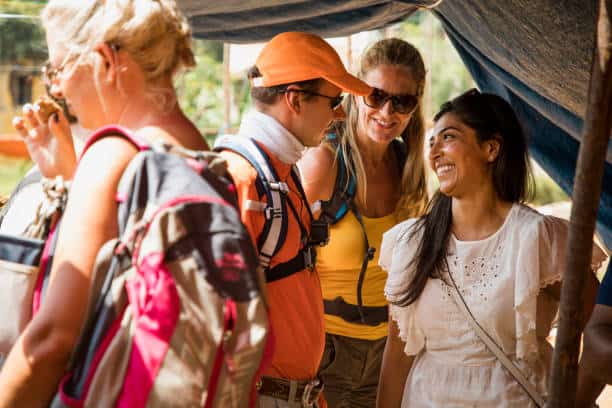
Regenerative tourism is more than just being sustainable; it tries to make places healthier and stronger than they were before. This idea focuses on fixing nature, keeping cultures alive, and helping local communities. Travelers take part in hands-on work like planting trees or protecting animals.
Tourism spots and companies create activities that match these goals, encouraging visitors to make real differences. Tourists meet local people and learn about the problems and chances each place has. These talks help visitors understand better and feel a lasting duty to travel carefully.
Regenerative tourism shows a change in what matters most, where giving back is an important part of the trip.
Culinary-Focused Travel

Culinary tourism continues to rise as food enthusiasts seek authentic, destination-specific dining experiences. Travelers explore local cuisines through cooking classes, market visits, and farm-to-table dining. This trend enhances cultural understanding while delighting taste buds.
Regional delicacies and culinary traditions provide a sensory way to connect with different cultures. Wine tours, street food adventures, and gourmet festivals attract travelers passionate about unique flavors. These experiences also support local chefs, farmers, and producers.
Destinations are showing their culinary heritage to attract food-focused travelers. Michelin-starred restaurants and lesser-known eateries both find appeal among this group. Culinary travel enriches vacations by adding depth and flavor to the journey.
Wildlife Conservation Tourism

Wildlife conservation tourism attracts travelers who want to help endangered animals and their homes. These trips often include activities like watching animals closely or helping with science work.
Places with good conservation efforts bring visitors who care about nature and want real experiences. These programs mix tourism with efforts to fix habitats and keep species safe.
This type of travel helps people understand more about all living things and why caring for nature matters. Visitors come away more aware and want to protect the environment. Conservation tourism offers meaningful and learning trips that match kind values.
Volunteer-Based Travel
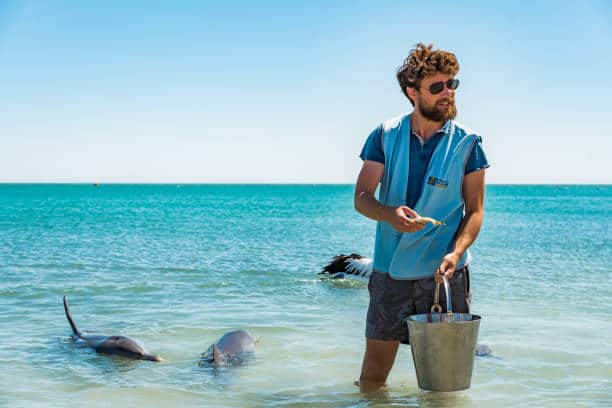
Volunteer tourism, or “voluntourism,” allows travelers to contribute to community and environmental projects during their trips. Participants engage in activities like teaching, building infrastructure, or supporting wildlife rehabilitation efforts.
This form of tourism fosters connections between travelers and local communities. It provides insights into cultural challenges while addressing tangible needs. Volunteer-based trips often leave both participants and locals with lasting benefits.
Organizations are expanding opportunities for travelers to get involved in impactful projects. Programs ensure ethical practices that respect local priorities and sustainability. This trend promotes responsible tourism while delivering personal growth and fulfillment.
Before You Go: 20 Essential Steps to Ready Your Home for Vacation
Space Tourism Takes Flight

Space tourism is changing how people travel as private companies offer trips to orbit for more people. Companies such as SpaceX and Blue Origin are taking the lead, providing short trips just above Earth and visits to the Moon.
Early travelers in this new area create interest in special experiences outside Earth’s air. Space tourism drives new ideas in travel, safety, and living arrangements for space visitors.
With better technology, space travel might become a normal choice for luxury trips. New progress in reusable rockets and green space systems helps make this idea real. This trend shows the exciting next step in travel beyond our world.
 If you like what you are reading, then click like and subscribe to my newsletter. We share tips to waste less time and money.
If you like what you are reading, then click like and subscribe to my newsletter. We share tips to waste less time and money.
Adventure Travel for Seniors
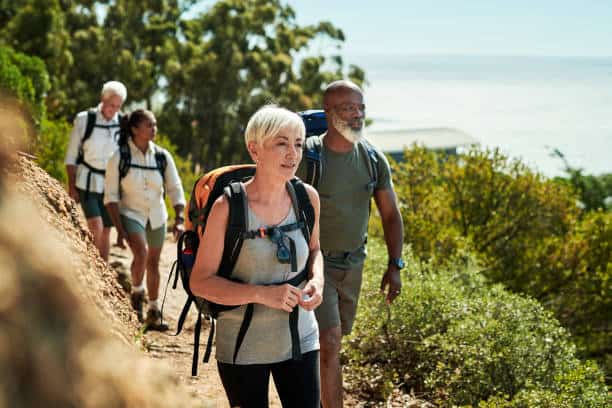
Senior travelers are embracing adventure tourism with activities tailored to their fitness levels and interests. Guided hikes, wildlife safaris, and cultural tours cater to this active demographic. These trips provide opportunities to stay engaged, healthy, and adventurous.
Tour operators are designing itineraries with accessibility and comfort in mind. Programs accommodate varying physical abilities without compromising the excitement of the experience. This approach ensures inclusion and enjoyment for senior travelers.
The trend reflects a shift in perceptions about aging and adventure. Seniors are proving that travel has no age limit, pursuing challenges with enthusiasm. Adventure tourism empowers older adults to explore their world on their terms.
Micro-Adventures Gain Momentum

Micro-adventures offer small travel experiences for people looking for meaningful trips without a lot of planning. These short, nearby trips can include hiking, kayaking, or driving to places close to home.
This idea appeals to busy people who have many duties and little free time. Micro-adventures let people connect with nature, culture, or themselves in easy steps. They give travelers a chance to change their routine without using too much time or money.
Places and tour companies promote micro-adventures to encourage quick escapes. These trips often reveal hidden spots and less-known places. Travelers enjoy finding special places that are easy to reach.
Arctic and Antarctic Expeditions
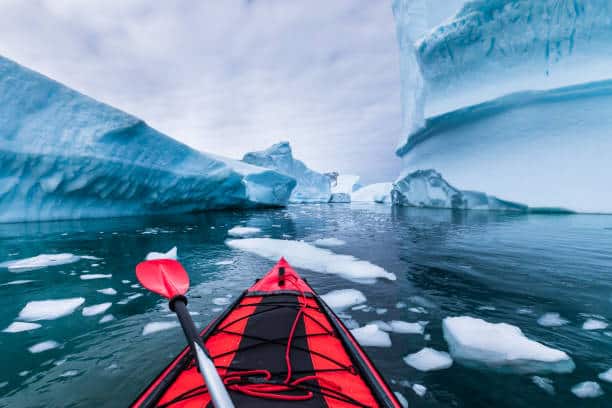
Polar expeditions are captivating adventurous travelers seeking pristine wilderness and extraordinary wildlife. These remote regions offer breathtaking landscapes, rare species, and a sense of isolation unmatched by other destinations.
Climate-conscious travelers often visit these regions to witness the impacts of global warming firsthand. They join scientific expeditions or eco-tours designed to promote awareness and preservation efforts.
Luxury operators are also enhancing polar tourism by providing comfortable, eco-friendly accommodations amid the harsh environments. Modern icebreakers and sustainable lodges allow access to the poles without compromising comfort.
Luxury Train Journeys
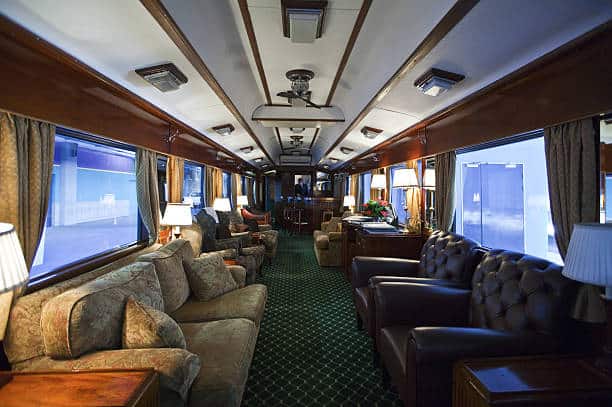
Luxury train travel is a stylish and old-fashioned way to see beautiful places. Trains like the Orient Express and Rovos Rail offer rich rooms and great food. These trips combine classic style with today’s comfort.
Many travelers like these slow, deep experiences, avoiding the hassle of airports or long drives. The routes show stunning views, famous sites, and local shows. On the train, guests enjoy comfort and luxury all along the journey.
Luxury trains often have special trips, like wine tasting or history tours. These planned trips tell unique stories for each route. Traveling by train is a fancy and easy choice compared to modern travel.
Mystery Travel Packages

Mystery travel is growing in popularity among adventurous travelers looking for surprises. Companies design trips without revealing destinations until departure, creating excitement and anticipation. These packages challenge travelers to use spontaneity and trust in the journey.
Mystery travel eliminates decision fatigue by handling all planning aspects. Participants experience carefully selected activities and accommodations tailored to their preferences. This trend attracts those who enjoy the thrill of the unknown.
The concept offers a fresh perspective on exploration, encouraging flexibility and open-mindedness. Travelers discover unexpected delights and learn to value the journey as much as the destination.
Wellness and Spiritual Retreats
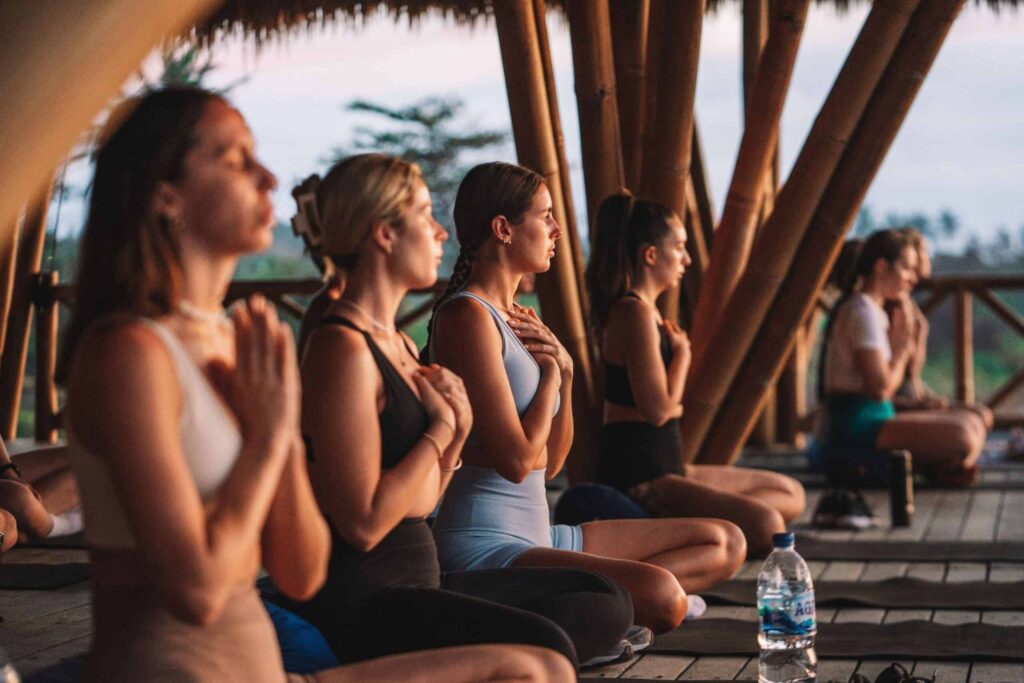
Wellness retreats are changing to include spiritual trips that refresh the mind, body, and soul. People want activities like meditation classes, yoga sessions, and natural healing treatments in quiet places. These retreats give time and space for thinking deeply and personal growth.
Places like Bali, India, and Sedona meet this need with peaceful settings and skilled guides. Wellness centers create special plans to help visitors feel renewed and healed. Guests leave feeling calm, energized, and motivated.
This pattern shows that mental and emotional health is becoming more important. It mixes rest with personal change, giving a strong feeling of starting fresh. Wellness and spiritual retreats are changing travel into a journey of self-discovery.
Where Travel Is Heading Next

The travel trends shaping the next decade are more than short-term crazes; they show a change in how we experience the world. From the charm of slow travel to the growth of digital nomad groups, each trend reflects a traveler’s wish for stronger connections and meaningful trips.
These shifts ask us to rethink how we plan our journeys, connect with places, and help take care of the planet. By following these trends, we make our trips richer and create a good effect on the world.
Which trend stands out to you the most? Try adding one of these fresh ideas to your future travels, and you might discover a new way to see the world.
 If you like what you just read, then subscribe to my newsletter.
If you like what you just read, then subscribe to my newsletter.
AI was used for light editing, formatting, and readability. But a human (me!) wrote and edited this.






